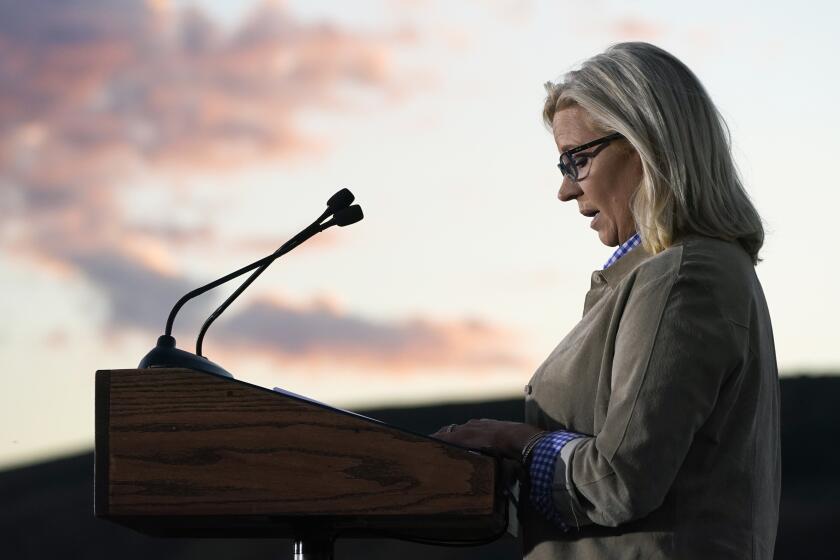Letters to the Editor: The Half Dome cables aren’t safe. Nothing in Yosemite is. Get over it

To the editor: I have climbed Half Dome 13 times, descending the cables each time. I have more experience than most, so here is my opinion. (“Want to make Half Dome safer? Remove the climbing cables for good,” letters, Aug. 11)
The National Park Service does not take the cables down, ever. That is a misunderstanding of what it does. It removes the stanchions that hold the cables about three feet off the rock and removes the wood planks that provide footing. The cables are always there.
The first time I climbed the cables with my son, I thought they must certainly be safe or else they wouldn’t let us do it. That’s not true. There are lots of things in nature that are inherently dangerous, and the park service doesn’t have the responsibility for making everything completely safe.
The cables are dangerous. Running into a bear in Little Yosemite Valley is dangerous (as we did once). Driving to Yosemite is dangerous. Get over it.
There are plenty of signs that tell you to stay off the rock if weather is on the way. Sometimes people don’t recognize that weather is on the way.
It’s sad that a young woman died, and I’m not certain of all of the circumstances of her death, but removing the cables will not keep people from dying when they make bad decisions.
Jim Dover, Idyllwild
..
To the editor: A few years ago, I saw a vintage photo from the 1930s depicting a group of Boy Scouts as they prepared to ascend the cables to the top of Half Dome. What impressed me was that each scout was wearing a harness with lanyard that would be affixed to the cable during their climb, likely saving a life if someone were to slip.
It seems like a common-sense approach in 2024. If required along with the climbing permit, we wouldn’t have to read more stories of climbers falling to their death.
Dan Murray, San Mateo, Calif.








